A Cook’s 6 Tips for Buying Kitchen Appliances
http://decor-ideas.org 05/04/2014 19:02 Decor Ideas
With my French and Italian ancestry, a love of cooking is in my blood. In fact, some of my fondest memories are of helping my mom slice apples for a tarte Tatin, and of working between my aunt and my grandmother on the Thanksgiving dinner assembly line.
So when I finally had the opportunity to remodel my own kitchen, the appliance selection process was the most time-consuming part. After all, there’s no point in spending hours brining and searing a roast if your oven won’t cook it properly. Along the way there were six questions that were especially tough to solve. But I eventually found the answers.
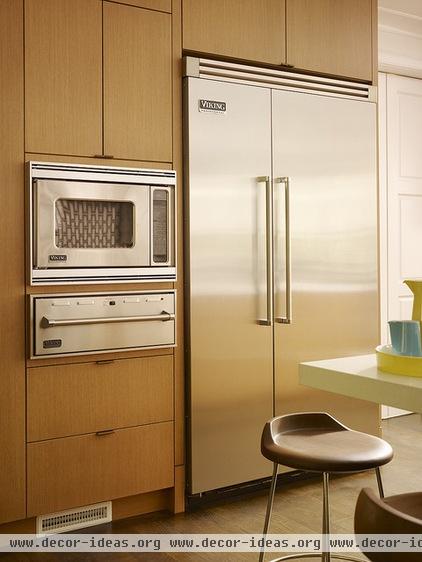
1. Does more expensive really mean better?
In general, yes. I found that more expensive dishwashers had better settings and service plans, and luxury-brand ranges had higher BTUs and a wider range of flame settings.
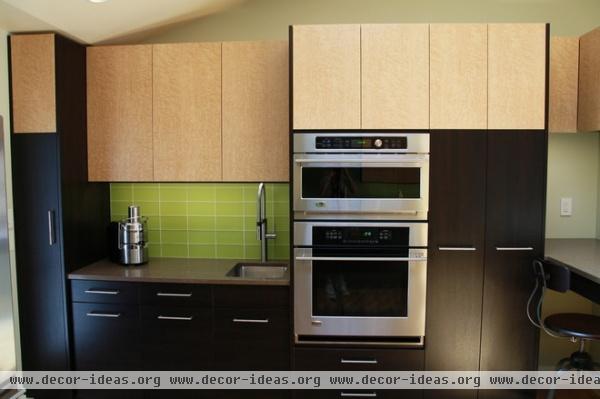
But there was one appliance that stymied me: the oven. During the renovation process, we stayed in two rental homes. One had a high-end oven that lost so much heat that it turned the kitchen into a sauna. The other had a midrange oven that functioned perfectly.
The secret: the door. While it’s true that fancy convection settings will go a long way toward cooking your food properly, nothing impacts the cooking process more than the heat itself.
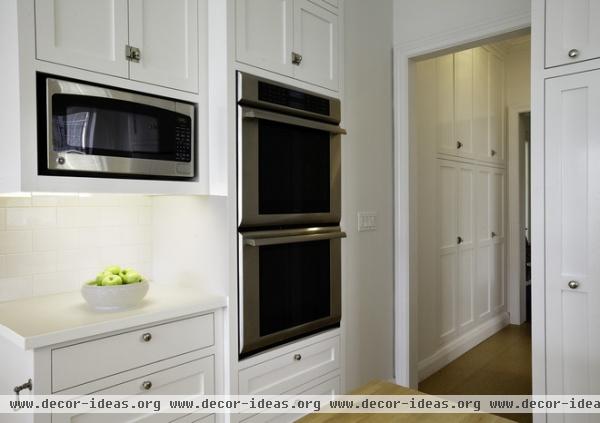
So when shopping for an oven, spend extra time in the showroom opening and closing the oven doors. Look at how they seal and ask the salesperson about the differences between seals and springs.
When in doubt, you’re likely to be happier with a less expensive oven with a proper door than with one that has a lot of bells and whistles but a mediocre seal.
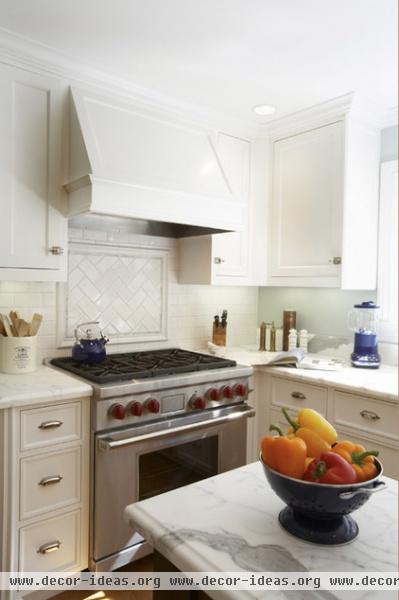
2. What’s a good guideline for BTUs?
This is another case where more is not necessarily better. Unlike restaurant chefs, who require a lot of power on every burner for plenty of high-heat cooking, you’re more likely to want a wide variety of heat options for cooking all the different components of your meal.
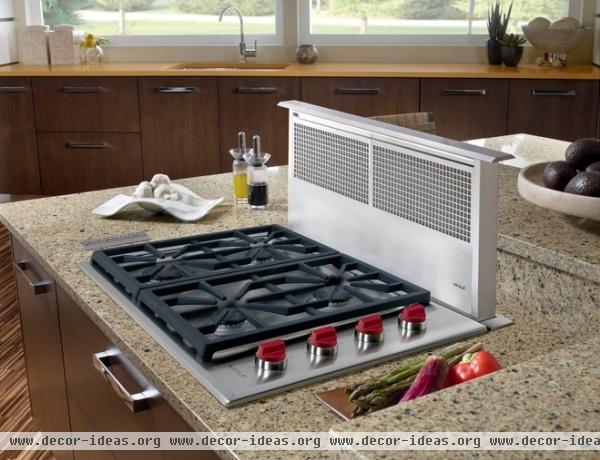
Pay attention to the range of BTUs among all the burners. You’ll want some burners that get down to a low simmer of about 3,000 BTUs and perhaps one burner that gets all the way up to 12,000 for boiling a large pot of pasta or stock.
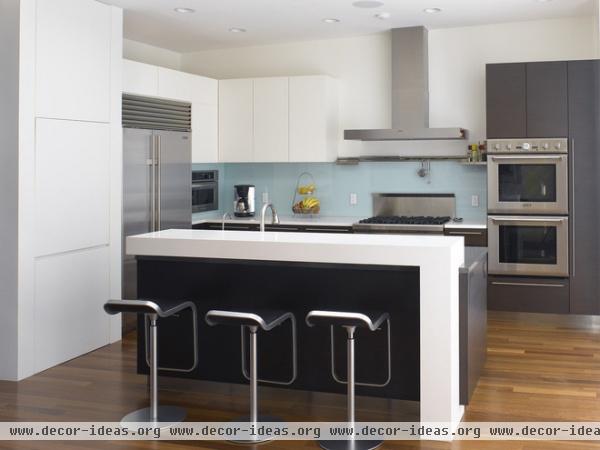
3. Do I really need a double oven?
If you like to bake or entertain, then yes, a double oven is a worthwhile investment. But if you have a small family and don’t have people over very often, you can likely make do with a single oven and a microwave convection oven.
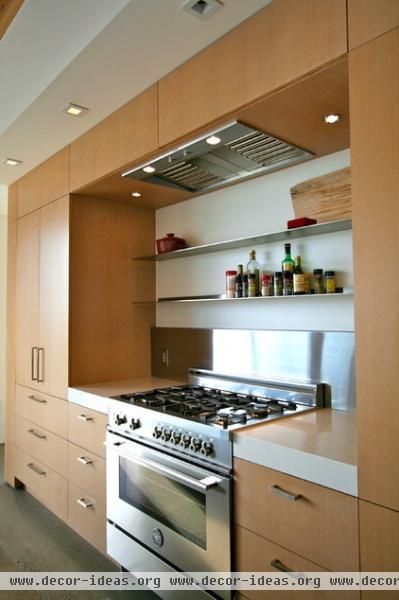
4. Will I ever use a warming drawer?
Does the sun rise in the east? Yes, you will use a warming drawer! You’ll use it to warm plates before serving family-style sides. You’ll use it to keep the kids’ omelets hot when they take forever to shower in the morning.
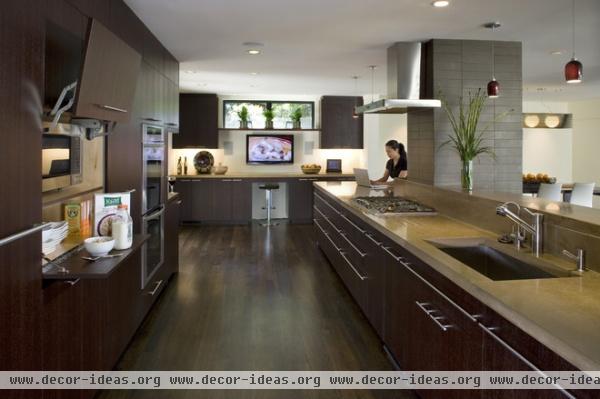
In our house, however, space was a challenge, and a warming drawer didn’t make sense. I solved the problem by choosing a large microwave with a keep-warm function. So I can still keep a dish of lasagna hot without burning the cheese even when both my ovens are hard at work.
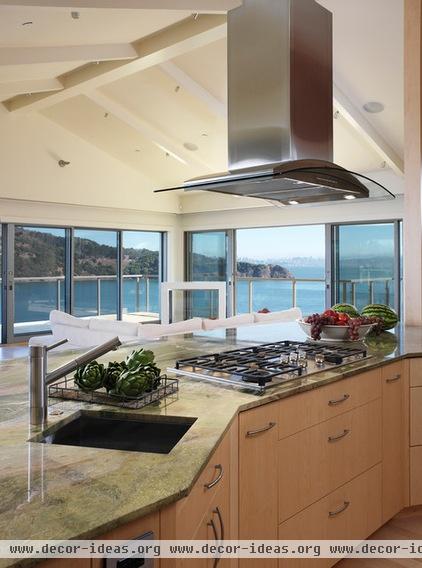
5. How high should my vent hood be?
This one took a while to figure out. Although the fan we chose was powerful, we felt the low end of where our manufacturer suggested placing the hood was too low, and I was wary of placing it on the high side, because I sear meat often.
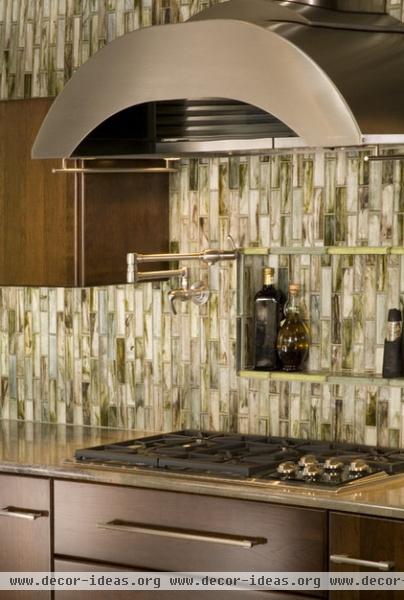
In the end we were able to place it at the maximum height for two reasons: 1. Our fan had a high CFM (cubic feet per minute) number in proportion to our stove’s BTU, and 2. Our vent hood was wider than our range.
Chris Riddle of Riddle Construction and Design explains: “In an ideal situation the hood should be 6 inches wider than the size of the cooktop/range for maximum efficiency. Meaning a 30-inch range has a 36-inch-wide hood, a 36-inch range has a 42-inch hood and so forth.”
How to Choose the Right Hood Fan for Your Kitchen
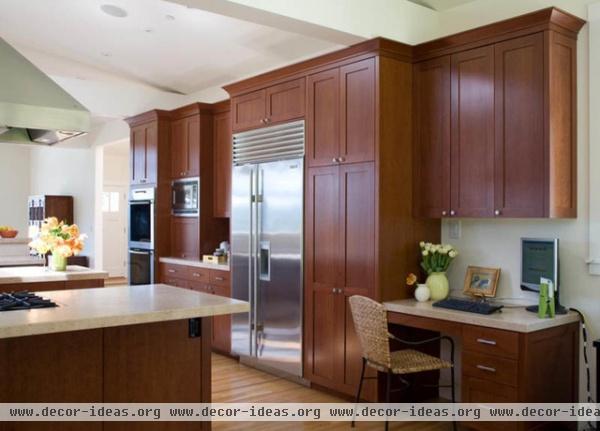
6. Help! I don’t have enough space for a side-by-side fridge.
I love to prepare large meals ahead of time and freeze them, so I nearly had a heart attack when I discovered that our space wouldn’t accommodate the side-by-side fridge I’d been dreaming of.
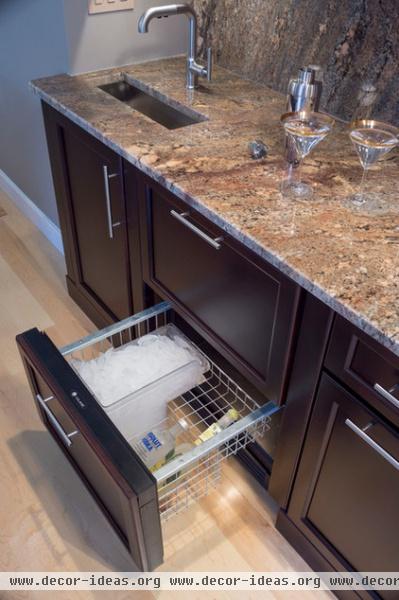
Our solution came in the form of a pair of freezer drawers in our kitchen island. They aren’t as deep as the drawer on a bottom-mounted freezer-refrigerator unit, but pairing them up means that I have ample space for all of my gallon bags of homemade chicken broth and giant balls of cookie dough.
Have you redone your kitchen lately? Please share what you learned in the Comments.
Related Articles Recommended












